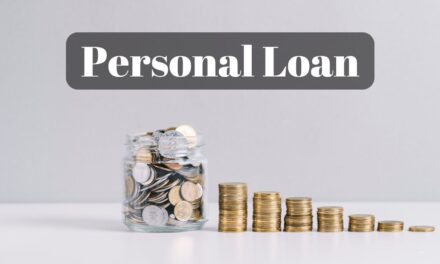An emergency fund is your financial safety net for life’s unexpected events—whether it’s a job loss, medical expense, or urgent home repair. But how much should you actually save? The amount can vary depending on your lifestyle, income stability, and financial obligations. In this article, we’ll break down how to determine the right amount for your emergency fund, providing guidelines and considerations to help you stay financially prepared.
1. The Standard Rule: 3 to 6 Months of Expenses
The general recommendation for an emergency fund is to save enough to cover 3 to 6 months’ worth of living expenses. This guideline is based on the assumption that it would take that amount of time to recover from a significant financial setback, such as finding a new job after a layoff or recovering from an illness.
a. Calculating Monthly Expenses
To determine how much you need in your emergency fund, start by calculating your essential monthly expenses. This includes:
- Rent or mortgage payments
- Utilities (electricity, water, internet, etc.)
- Groceries
- Transportation costs (fuel, public transport, or car payments)
- Insurance premiums (health, car, home)
- Debt payments (credit card, loans)
These are the expenses that you must cover even during a financial crisis. Non-essential expenses like entertainment, dining out, and shopping can be temporarily reduced or eliminated.
b. Adjusting for Income Stability
The amount of your emergency fund should also depend on the stability of your income:
- Salaried employees with stable jobs may be able to get by with closer to 3 months of expenses.
- Freelancers, business owners, or contractors with irregular income may want to save 6 months or more to account for fluctuations in income.
- Single-income households may also consider saving closer to 6 months to account for the higher risk if the single income is lost.
2. Special Considerations: Your Lifestyle and Personal Circumstances
While the 3 to 6-month guideline is a good starting point, personal circumstances may influence how much you need in your emergency fund.
a. High-Risk Careers or Volatile Industries
If you work in an industry prone to economic fluctuations—such as tech, entertainment, or construction—you may want to err on the side of caution and aim for 6 to 12 months of expenses. These industries can experience layoffs or project delays, making income unpredictable.
b. Dependents or Family Obligations
If you have dependents, such as children or elderly parents, your emergency fund needs to be larger to cover the added expenses in a crisis. Consider including costs like childcare, medical bills, and extra food in your emergency fund calculations.
c. Health and Medical Needs
If you or a family member has a chronic illness or is at risk for unexpected medical emergencies, you should factor in potential healthcare costs. This is especially important if your health insurance requires high out-of-pocket payments for emergencies.
d. Owning a Home
Homeowners may face additional unexpected costs, such as repairing a leaky roof, fixing appliances, or addressing structural issues. If you own a home, it’s wise to have a slightly larger emergency fund to account for such unexpected repairs and maintenance.
3. Starting Small and Building Up
If saving 3 to 6 months of expenses feels overwhelming, don’t be discouraged. Start small, and build your fund over time. The important thing is to start:
- Set a smaller initial goal: Aim to save $500 to $1,000 to cover immediate emergencies like car repairs or medical expenses.
- Automate your savings: Set up automatic transfers from your checking account to a high-yield savings account each month. This helps ensure that you’re consistently growing your emergency fund.
- Boost with windfalls: Tax refunds, bonuses, or unexpected financial gifts can help you reach your savings goal faster. Consider putting a portion of any windfall directly into your emergency fund.
4. Where to Keep Your Emergency Fund
An emergency fund should be liquid and easily accessible, but separate from your regular checking account to avoid temptation. Some popular options include:
- High-yield savings accounts: These accounts offer higher interest rates than traditional savings accounts, helping your money grow while still keeping it accessible.
- Money market accounts: A money market account can also offer competitive interest rates and check-writing privileges, providing easy access in a pinch.
- Short-term certificates of deposit (CDs): If you’re comfortable with slightly less liquidity, a short-term CD might be a good option. Just make sure you can access the funds without penalties if needed.
5. Revisiting and Replenishing Your Fund
Life changes, and so do your financial needs. Revisit your emergency fund regularly to ensure it still meets your needs:
- Adjust for lifestyle changes: If your rent increases, you have a baby, or your income changes, you may need to adjust how much you’re saving.
- Replenish after withdrawals: If you use your emergency fund, prioritize replenishing it as soon as possible to maintain your financial security.
The right amount for your emergency fund depends on your financial situation, income stability, and lifestyle factors. While the general recommendation is to save 3 to 6 months’ worth of expenses, you may need to adjust this. Factors such as your career, family obligations, or risk tolerance can influence the amount. However, no matter your goal, it’s important to start small. Consistency is key. Make saving a financial priority. With a well-funded emergency reserve, you’ll be ready for unexpected challenges. This way, you won’t need to rely on debt or compromise your long-term goals.




